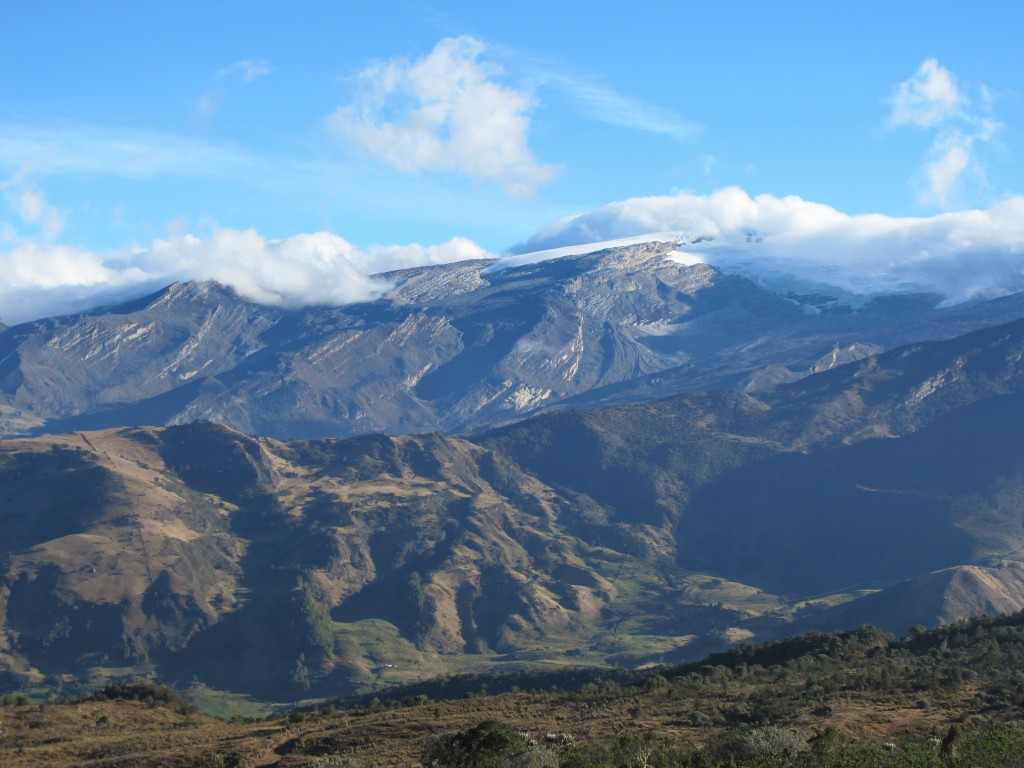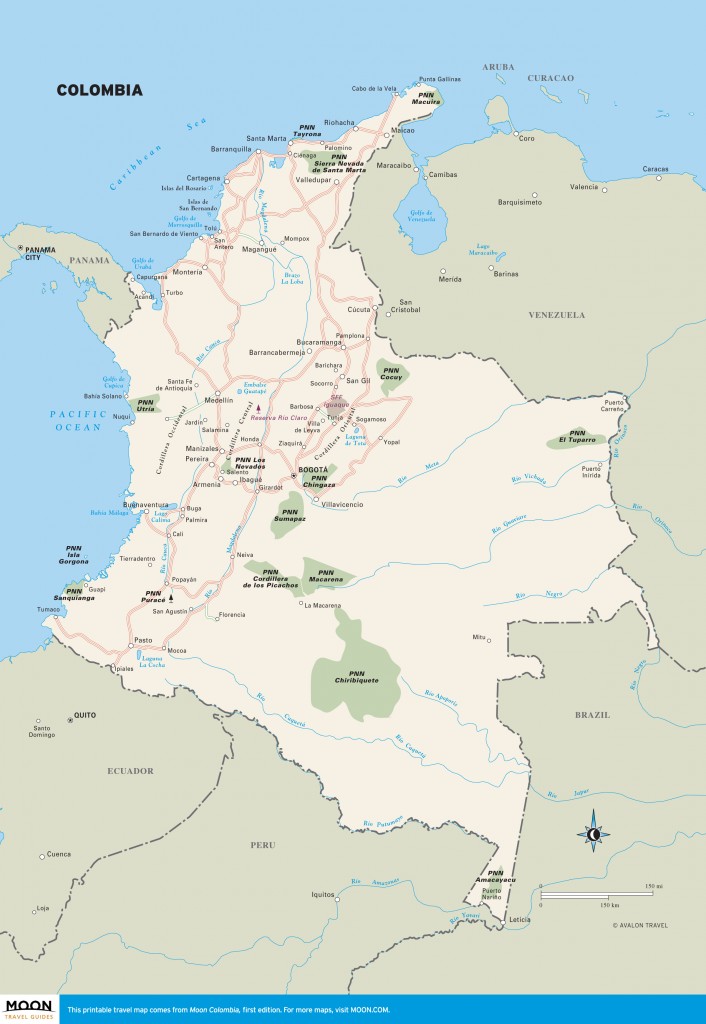From its rich biodiversity to its stunning natural landscapes, Colombia, where the Andes meet the Caribbean, has a lot going for it as a tourist destination. Here are ten things a first-time visitor should know about this culturally and ecologically diverse South American country before booking that ticket.
As an international tourist destination, Colombia is hot! The numbers speak for themselves: In 2002 there were around 557,000 international visitors to Colombia; in 2011, in the midst of a global recession, that number had nearly tripled to 1,582,000. With an exponentially improved security situation and easy international air connections, tourists the world over are starting to discover the country. But have no fear: masses of tourists won’t cramp your independent traveler style. More often than not, you’ll have the sights to yourself. Today, tourism in Colombia is still a fraction of what it is in other countries in the region.

Photo © Andrew Dier. Keep up with Andrew and his Moon Colombia Handbook on Facebook.
Colombians are known throughout the continent for speaking some of the easiest-to-understand Spanish, especially around Bogotá. And there are excellent language schools in the large cities where you can gain confidence as you converse. Have you ever been to a country where, despite your interest in speaking the local language, everyone insists on speaking to you in English? That’s not the case in Colombia. Wherever you go, you’ll find patient and friendly people who will gladly speak to you in Spanish, help you conjugate, and chuckle when you try out Colombian slang.
Just off the Nicaraguan coast in the western Caribbean Sea, nearly 500 miles from the Colombian mainland, lies the Colombian archipelago of San Andrés and Providencia. English settlers and Spanish conquistadors routinely fought for control over these tiny islands, and the English-speaking, Afro Caribbean Raizal population arrived here from former English colonies throughout the Caribbean. Today San Andrés is known for superb diving and all-inclusive beachside resorts, while Providencia is supremely chill.
Back on the continent, at the far northeastern corner of the country, barren deserts go on seemingly forever until they morph into windswept dunes that drop dramatically into the tumultuous waves of the Caribbean. This is La Guajira, the sparsely populated home to the Wayúu indigenous people. Take a 3-4 day driving tour through the sands and past the occasional non-impressed goat and stay at Wayúu outposts such as Cabo de la Vela or Punta Gallinas, where you can windsurf, feast upon massive lobsters, and doze off as you stargaze in your hammock at night.

Photo © Andrew Dier. Keep up with Andrew and his Moon Colombia Handbook on Facebook.
Stars of a different sort come out every night in the Zona Rosa, the capital’s trendy hedonistic center. It’s home to upscale hotels, glitzy shopping, lively restaurants like the world-famous Andrés Carne de Res, and thumping watering holes. Watch the madness as stylish Bogotanos step out of their chauffeur-driven SUVs in the pedestrian Zona T from your perch at Juan Valdez Café, strategically set in the Centro Andino shopping center.
Even though Colombia has a tiny border along the Amazon River compared to Brazil, the Colombian Amazon is a fantastic and accessible place to experience this precious ecosystem. Take a flight from Bogotá over miles of jungle and winding rivers to the rough-and-tumble town of Leticia and spend two or three days staying at a jungle lodge along the mighty river. Be sure to include a visit to San Martín de Amacayacu, an indigenous community set in the middle of a national park, and the blissfully car-less village of Puerto Nariño.
Going to Colombia? Better pack your swimsuit and flip flops — just don’t forget that scarf! Even though Colombia straddles the equator, much of the country is blanketed by the Andes Mountains, from the jagged peaks of the Cocuy in Boyacá to the Los Nevados in the Coffee Region. And even if you’re just passing through Bogotá, be prepared for any weather situation. Here there’s nothing unusual about biking the Ciclovía in shorts and tank top on a warm Sunday morning and sipping a foamy hot chocolate by the fireplace at night, year round.

Colombia
Colombia is one of the most biodiverse countries in the world. Often within a short distance of urban centers, you’ll have a good chance to spot an array of birds and other wildlife. There are pink dolphins frolicking in the Amazon, endemic blue anole lizards on the Pacific island of Gorgona, and countless bird species across the country. A great way to spot unusual bird species is by staying at one of the birdwatching lodges run by the NGO ProAves.

Pink dolphins frolic in the Colombian Amazon. Photo © Pruit Phatsrivong, licensed from Shutterstock.
In and around Medellín, beans, rice, grilled beef, and pork rinds make up a typical lunch, while Bogotanos warm up at night over a bowl of ajiaco — a hearty potato and chicken stew. But in other parts of the country, culinary choices veer from the familiar. The cities of Pasto and Ipiales near the Ecuador border are in cuy (guinea pig) country, and in the bucolic Santander province, don’t be surprised to be asked by your waiter, “would you like ants with that?” Meanwhile down on the Amazon, feast on a grilled piranha — before it feasts on you!
It’s time to bid boring fruit adiós — you’re in Colombia! You’re probably familiar with papaya and mango. But how about lulo, granadilla, pitahaya or nispero? Be amazed at the year-round selection of delicious and downright strange-looking fruit (like guanábana!) in grocery stores, markets, and on the juice menu at restaurants. Be adventurous!